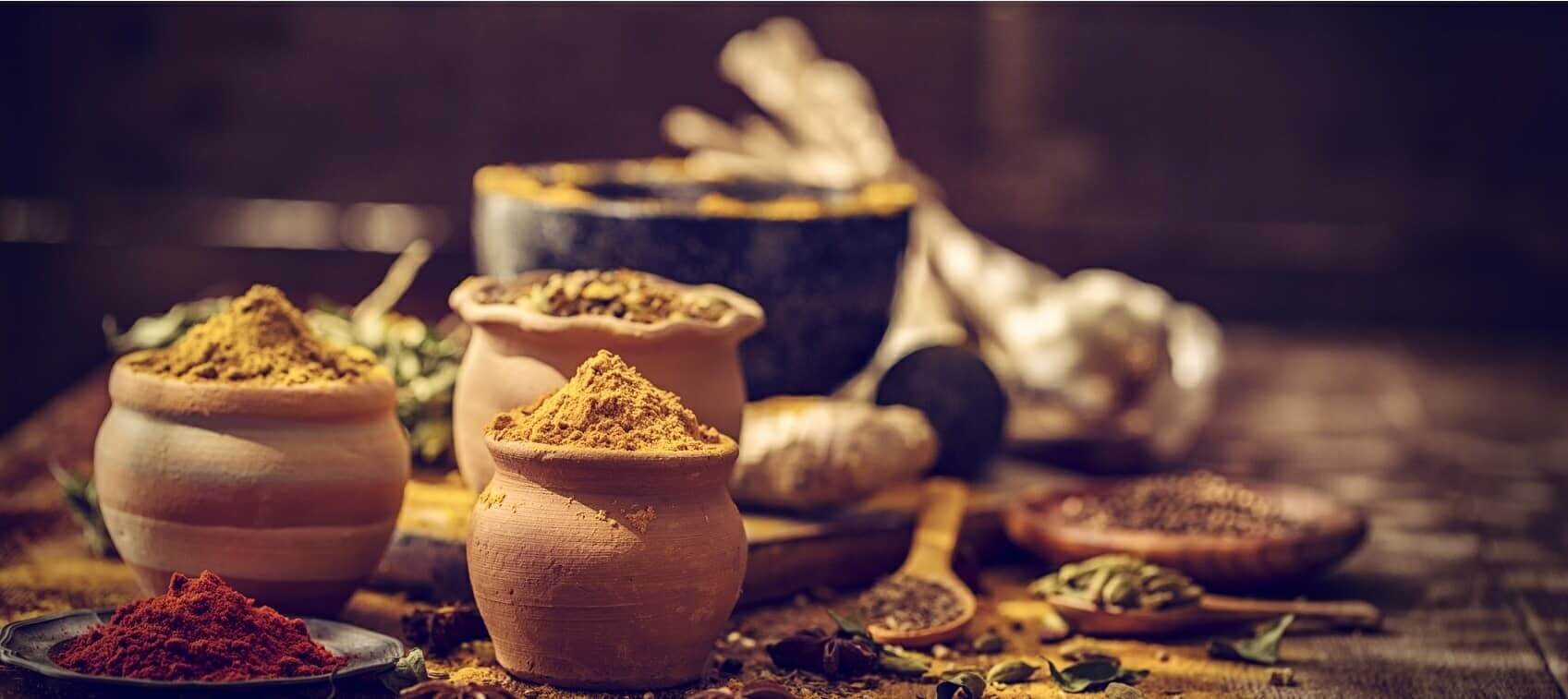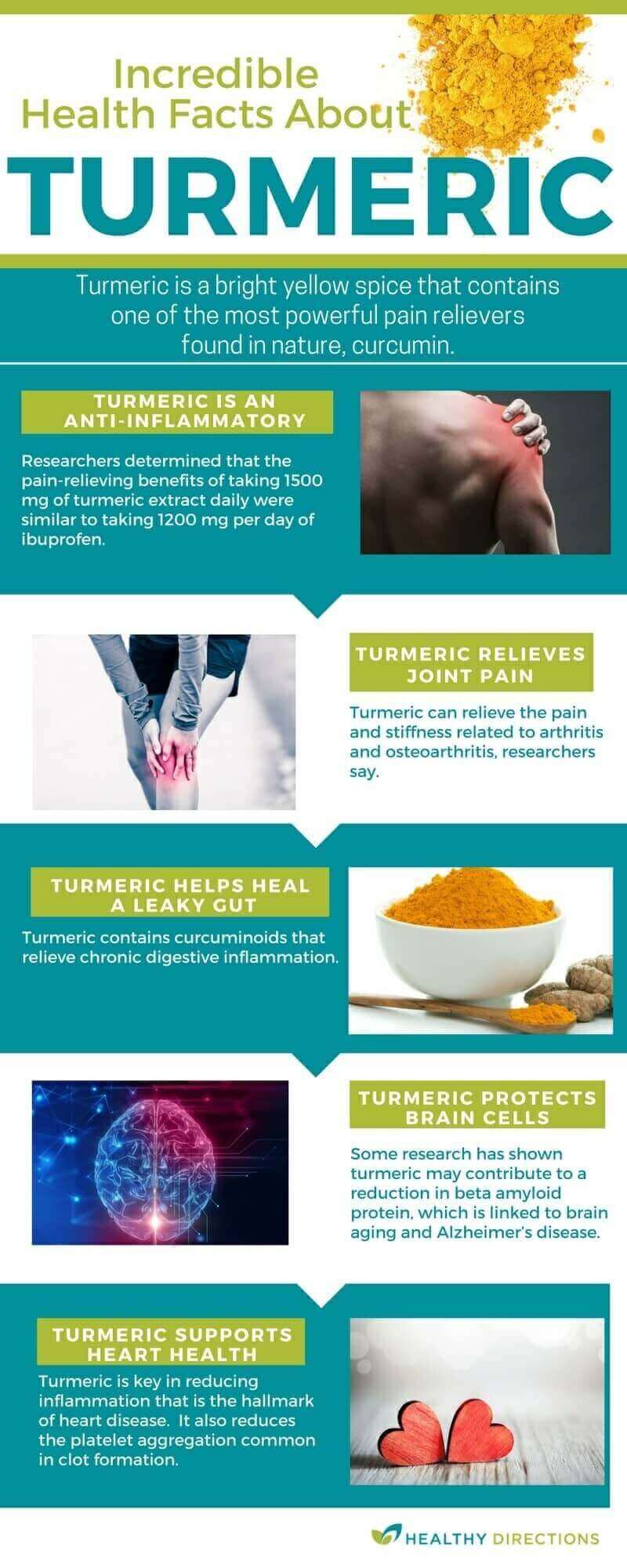
Many of my patients are surprised when I tell them that one of the most powerful ways to relieve pain doesn’t come from the pharmacy—but rather, the kitchen. The bright yellow spice turmeric that’s often used in Indian cooking contains one of the most powerful pain relievers found in nature, curcumin.
Curcumin belongs to a group of compounds called curcuminoids, natural phenols that produce turmeric’s natural color. Researchers have found that curcumin has a powerful effect on a variety of inflammatory conditions, including joint pain.
In a 2013 review in the American Association of Pharmaceutical Scientists (AAPS) Journal, researchers found that curcumin exhibited promising effects in patients with pro-inflammatory conditions—including arthritis and joint pain.
In fact, in a review of clinical trials involving turmeric-based products, researchers found they were as effective as non-steroidal anti-inflammatory drugs (NSAIDs) (Journal of Evidence-Based Complementary & Alternative Medicine). In a separate 2014 study published in Clinical Interventions in Aging, researchers determined that the pain-relieving benefits of taking 1500 mg of turmeric extract daily were similar to taking 1200 mg per day of ibuprofen.
Turmeric also reduces pain and stiffness in achy joints. The National Institutes of Health’s Center for Complementary and Integrative Health states that preliminary studies show that curcumoids—the active ingredient in turmeric—can help to control knee pain from osteoarthritis.
How Does Turmeric Relieve Pain?
One of turmeric’s most powerful health benefits is addressing the inflammatory process. Specifically, the curcumin in turmeric helps to block inflammatory enzymes, including the COX-2 “pain enzyme.”
Curcumin is also an antioxidant, a molecule that prevents the oxidation and production of cell-damaging free radicals. If free radicals manage to latch on to other molecules, they inflict considerable damage to otherwise healthy tissues and organs. So, by keeping free radicals at bay, curcumin helps to relieve pain.
But the benefits of curcumin extend beyond pain relief. Curcumin also protects brain cells by binding to and dissolving abnormal proteins, boosting cognitive function. Plus, it supports heart health by promoting a healthy inflammatory response and promotes a health mental balance by naturally enhancing mood.
How to Use Turmeric for Pain Relief
If you are a bit of a chef, you can have fun with Indian recipes—many of which use a lot of turmeric. But be careful when you handle turmeric because it tends to turn things yellow—including your clothes, dish towels, and fingers.
There are many ways to use turmeric. You can add it to soups or stews. Or, here’s how to make turmeric tea: Just add a teaspoon of ground turmeric to boiling water and let it simmer for 5-10 minutes. Strain it and add honey for taste and a little black pepper to allow for better absorption. Turmeric can also be added to warm almond or cashew milk, with a little added pepper.
Yet, while cooking with turmeric is a delicious way to get its benefits, for pain relief, you also want to take a good curcumin supplement. Just make sure that any curcumin supplement you take is made water-soluble for optimal absorption.
Before you take a supplement, you want to be aware of the side effects of turmeric. Turmeric can act like a blood thinner as it removes the ability for clot-forming platelets to stick together. So those who take prescription blood thinners may want to avoid it or consult with their physician before taking turmeric.



